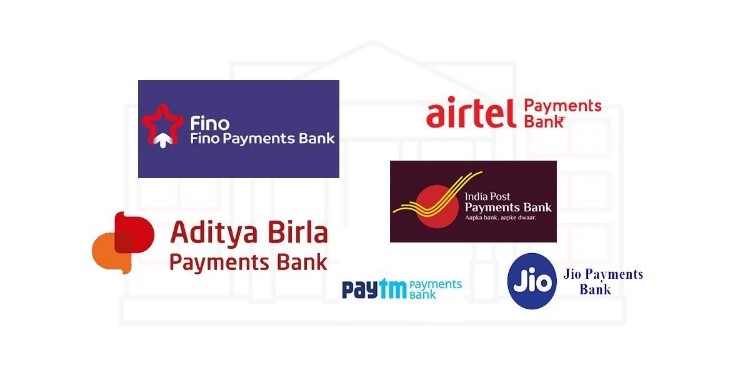Free Courses Sale ends Soon, Get It Now


Free Courses Sale ends Soon, Get It Now



Disclaimer: Copyright infringement not intended.
Context
Payment Banks
Objective:
Regulation:
Existing Payment Banks in India (as of now):
Features of Payment Banks:
Activities Allowed by Payment Banks:
Activities Not Allowed:
Advantages of Payment Banks:
Challenges Faced:
Way Ahead for Payment Banks:
Boost Awareness:
Agent Incentives:
Strengthen Infrastructure:
Government Collaboration:
Diversify Services:
Regulatory Adaptation:
Technological Innovation:
Collaborate with Traditional Banks:
Customer-Centric Approach:
Regulatory Advocacy:
|
PRACTICE QUESTION Q. What is the primary objective of Payment Banks in India? A) To maximize profits through diverse financial services. B) To exclusively focus on lending activities for small businesses. C) To advance financial inclusion by providing basic banking services. D) To cater exclusively to low-net-worth individuals. Answer: C) To advance financial inclusion by providing basic banking services. |
|
Difference |
Small Finance Bank |
Payments Bank |
||
|
Primary Focus |
Focuses on providing basic banking and financial services to the unbanked and underbanked population. |
Targets unserved and underserved sections, including small businesses, micro and small industries, and unorganized sector entities. |
||
|
Licensing Authority |
Licensed by the Reserve Bank of India (RBI) as Small Finance Banks. |
Licensed by the Reserve Bank of India (RBI) as Payments Banks. |
||
|
Area of Operation |
Typically serves a geographically limited area, initially confined to specific states. |
Primarily operates at a smaller scale, often leveraging digital platforms for outreach. |
||
|
Services Offered |
Provides a broader range of banking services, including savings, deposits, loans, and other financial products. |
Offers basic banking services like savings and current accounts, remittances, and debit cards. Cannot engage in lending activities. |
||
|
Objective |
Aims to provide comprehensive banking services to small businesses and low-income households, contributing to financial inclusion. |
Aims at promoting financial inclusion by reaching the unbanked and underbanked population. |
||
|
Examples in India |
Examples include Equitas Small Finance Bank, Ujjivan Small Finance Bank, and ESAF Small Finance Bank. |
Examples include Airtel Payments Bank, India Post Payments Bank, and Paytm Payments Bank. |
||
|
Promoter's Share |
40% in the beginning, then gradually reduced to 26% over 12 years. |
40% for the first five years from the date of business start-up. |
||
|
Capital Required |
Minimum Paid-Up capital should be Rs. 100 Crores. |
Minimum Paid-Up capital should be Rs. 100 Crores. |
||
|
Customer Reach |
Customers are reached through the company's branches. |
Customers are reached through Mobile banks. |
||
|
Demand Deposit |
Can accept demand deposits as savings deposits are accepted, with no set limit. |
Can accept demand deposits like savings deposits only up to Rs. 2 lakh. |
||
|
Time Deposit |
Can accept Time Deposits such as Fixed Deposits and Recurring Deposits. |
Cannot accept Time Deposits such as Fixed Deposits and Recurring Deposits. |
||
|
Loan |
Can offer small loans. |
Cannot offer loans directly. |
||
|
Credit Card |
Can issue credit cards. |
Cannot issue credit cards. |
||
|
Branches |
25% of branches must be in rural areas for the first three years. |
Must have 25% branches in rural areas. |
||
|
Services Offered |
Provides a broader range of banking services, including savings, deposits, loans, and other financial products. |
Offers basic banking services like savings and current accounts, remittances, and debit cards. Cannot engage in lending activities. |
||
|
Lending Activities |
Permitted to engage in lending activities, facilitating credit access to small businesses and other segments. |
Not allowed to undertake lending activities, issue credit cards, or provide loans. Can partner with other institutions to offer credit products. |
||
|
Ownership Structure |
Ownership can include a variety of entities, including existing NBFCs, microfinance institutions, and other entities with a successful track record. |
Ownership can be diverse, with telecom companies, retail chains, and non-banking financial companies (NBFCs) participating. |
||
© 2024 iasgyan. All right reserved